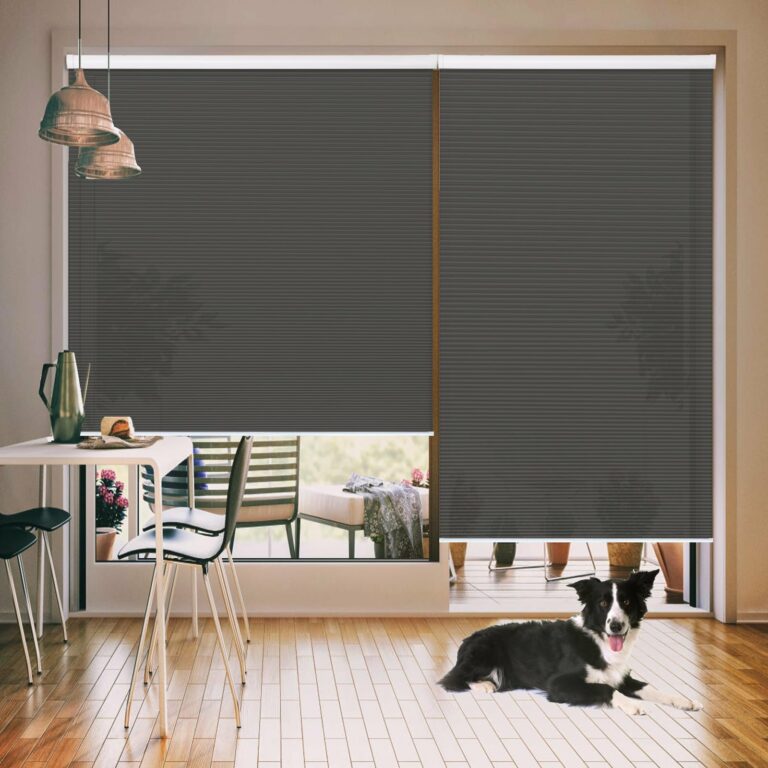What are some eco-friendly alternatives to traditional furniture upholstery?
Looking for eco-friendly alternatives to traditional furniture upholstery? We’ve got you covered! In this article, we’ll explore some eco-friendly options that will not only enhance the aesthetics of your space but also contribute to a sustainable lifestyle.
So, what are some eco-friendly alternatives to traditional furniture upholstery? From using organic fabrics to repurposing materials, we’ll delve into creative and practical solutions that align with your eco-conscious values. Let’s dive right in and find out how you can make a positive impact on both your living space and the environment.
What are some eco-friendly alternatives to traditional furniture upholstery?
When it comes to furnishing our homes, one aspect that often goes overlooked is the impact that traditional furniture upholstery can have on the environment. From the manufacturing process to the materials used, traditional upholstery can contribute to deforestation, pollution, and waste. However, there are several eco-friendly alternatives to traditional furniture upholstery that are not only sustainable but also stylish and comfortable. In this article, we will explore some of the top eco-friendly alternatives to traditional upholstery and how they can help reduce our carbon footprint.
Bamboo Upholstery
Bamboo is a highly sustainable material that has gained popularity in recent years due to its eco-friendly properties. As a fast-growing grass, bamboo can be harvested in just a few years as opposed to traditional hardwoods that take decades to mature.
The fibers of bamboo can be processed and woven into upholstery fabric that is both durable and soft. Bamboo upholstery offers a natural and organic look to furniture while being resistant to mold, mildew, and pests.
Recycled Upholstery
Recycling is one of the most effective ways to reduce waste and conserve resources. When it comes to upholstery, many manufacturers now offer recycled options.
Recycled upholstery typically involves the use of textile scraps, plastic bottles, or old furniture fabrics that are repurposed into new upholstery materials.
By choosing recycled upholstery, you not only divert waste from landfills but also help conserve energy and raw materials that would otherwise be needed to produce new fabrics.
Organic Cotton Upholstery
Cotton is one of the most widely used materials in upholstery, but conventional cotton production often involves the use of harmful pesticides and chemicals. Organic cotton upholstery, on the other hand, is grown without the use of synthetic fertilizers or pesticides, making it a safer and more sustainable option. Organic cotton upholstery is not only better for the environment but also provides a natural and soft feel to furniture.
Hemp Upholstery
Hemp is a versatile and eco-friendly material that has been used for centuries. It requires minimal water and pesticides to grow and is known for its strength and durability. Hemp upholstery offers a unique texture and can be blended with other natural fibers to create soft and comfortable fabrics. Additionally, hemp has natural anti-bacterial and hypoallergenic properties, making it a great choice for those with sensitivities.
Pineapple Leather Upholstery
Pineapple leather, also known as Piñatex, is a sustainable and cruelty-free alternative to traditional leather upholstery. It is made from the fibers of pineapple leaves, which are a byproduct of the pineapple industry. These fibers are processed into a leather-like material that can be used for upholstery. Pineapple leather upholstery is not only stylish but also helps reduce waste and the environmental impact of animal agriculture.
Linen Upholstery
Linen is a natural fiber made from the flax plant and has been used for centuries. It is valued for its strength, durability, and breathability. Linen upholstery is a sustainable choice as flax plants require less water and pesticides compared to other crops. Additionally, linen has natural anti-static and hypoallergenic properties, making it a great option for upholstery fabrics, especially for those with allergies.
Cork Upholstery
Cork is a renewable and eco-friendly material that comes from the bark of cork oak trees. The bark can be harvested every nine to twelve years without harming the tree, making it a sustainable resource. Cork upholstery offers a unique texture and is naturally fire-resistant, hypoallergenic, and resistant to mold and mildew. It is also a great insulator, providing both thermal and acoustic properties.
Upcycled Upholstery
Upcycled upholstery involves repurposing old or discarded materials into new upholstery fabrics. This can include anything from vintage fabrics, denim, old leather jackets, or even repurposed sails. Upcycling not only reduces waste and saves resources but also adds character and uniqueness to furniture pieces. Choosing upcycled upholstery is a creative way to give new life to old materials and reduce our environmental impact.
Plant-Based Foam Upholstery
Traditional upholstery foam is often made from petroleum-based materials, which are not eco-friendly. However, there are now plant-based foam alternatives available that use renewable resources such as soy, corn, or natural latex. These plant-based foams offer similar comfort and durability to traditional foam but have a lower environmental impact. By choosing plant-based foam upholstery, you can reduce your carbon footprint without compromising on comfort.
Mushroom Leather Upholstery
Mushroom leather, also known as mycelium leather, is a sustainable and vegan alternative to traditional leather upholstery. It is made from the root structure of mushrooms, called mycelium, which grows on agricultural byproducts such as corn husks or sawdust. Mushroom leather upholstery is not only biodegradable and compostable but also offers a similar look and feel to traditional leather. It is a cutting-edge eco-friendly alternative that is gaining popularity in the furniture industry.
I CANT BELIEVE I FOUND THIS COUCH ON AMAZON 😱🥰 ITS PERFECT! #amazonfinds #unboxing
Frequently Asked Questions
What are some eco-friendly alternatives to traditional furniture upholstery?
1. What is eco-friendly furniture upholstery?
Eco-friendly furniture upholstery refers to using materials and methods that have a minimal impact on the environment. This includes using natural, organic, or recycled materials, as well as implementing sustainable manufacturing practices.
2. What are some natural materials used for eco-friendly upholstery?
Natural materials commonly used for eco-friendly upholstery include organic cotton, linen, hemp, and wool. These materials are biodegradable, renewable, and often free from harmful chemicals and toxins.
3. Are there any recycled materials used in eco-friendly upholstery?
Yes, recycled materials such as recycled polyester, plastic bottles, and old textiles can be used in eco-friendly upholstery. These materials help reduce waste and minimize the need for new resources.
4. How can I ensure that the furniture I buy has eco-friendly upholstery?
To ensure eco-friendly upholstery, look for furniture that has certifications such as Global Organic Textile Standard (GOTS) or Oeko-Tex Standard 100. Additionally, research the brand’s sustainability practices and materials used in their furniture.
5. Can traditional furniture be reupholstered using eco-friendly materials?
Yes, traditional furniture can be reupholstered using eco-friendly materials. By working with an experienced upholsterer who specializes in eco-friendly options, you can refresh your furniture while reducing your environmental impact.
6. Does eco-friendly upholstery sacrifice comfort and durability?
No, eco-friendly upholstery can still provide comfort and durability. Natural materials like organic cotton and wool are known for their comfort, and sustainable manufacturing practices can ensure durability.
Final Thoughts
In conclusion, there are several eco-friendly alternatives to traditional furniture upholstery that can help reduce the environmental impact of furniture manufacturing. These alternatives include using natural and renewable materials such as organic cotton, hemp, or bamboo fabrics, as well as opting for recycled or upcycled materials. Additionally, water-based and non-toxic dyes can be used instead of harsh chemicals. By choosing these eco-friendly alternatives, consumers can contribute to a more sustainable and earth-friendly furniture industry. What are some eco-friendly alternatives to traditional furniture upholstery?



